Market Trends
Key Emerging Trends in the Silicones Market
The industry's dynamism has been manifested through remarkable trends occurring within this sector lately; this is according to trends observed in the silicone sector. Due to its special features, silicone, which is a versatile polymer made up of silicon-oxygen-carbon-hydrogen atoms, finds its use in many industries. One of these trends concerns the increased use of Silicones in construction industries across different countries. Moreover, automotive is now one of the most significant drivers for silicones on the market. With a particular focus on weight reduction, the fuel economy and electric vehicles’ manufacturing process cannot completely ignore the importance of silicones. The components that can be produced with it include gasket hose coatings, among others, that can be used to improve vehicle performance. With its abilities it becomes helpful for automobiles when any liquid needs to move through unturned corners. This presents a huge challenge to silicone raw material price variability. Volatile raw material costs and energy prices affect operation on a worldwide scale for all silicone markets. For over two years now, silicones have not been making money at all. This means that due to volatility, the final price for silicone has risen. Medical application is another growing area where there is great demand for silicones. The compatibility of silicones with living tissues, as well as their flexibility, makes them suitable for medical devices, prosthetics, and other healthcare products. As healthcare technology improves, the need for unique silicone materials that meet strict health regulatory measures increases. This trend is, therefore, likely to remain prominent as the industry seeks new ways and materials to apply in medicine. The silicone market is also highly influenced by the electronics and electrical industry. Silicones are extensively used in electronic components such as potting compounds, adhesives, and encapsulants due to their excellent thermal stability and electrical insulation properties. In terms of market trends, sustainability has also been the most significant issue in silicone markets. This changing business environment necessitates eco-friendly silicone development because industries operate under a lot of pressure to minimize environmental pollution. Conversely, challenges such as fluctuating raw material prices and supply chain disruptions can significantly affect the silicon market. Different industries with evolving consumer demands drive dynamic trends in the silicone market today. They continue to play an important part not only within construction, automotive, and healthcare but also in the electronics sectors, where they show how easy it is to make anything using them.

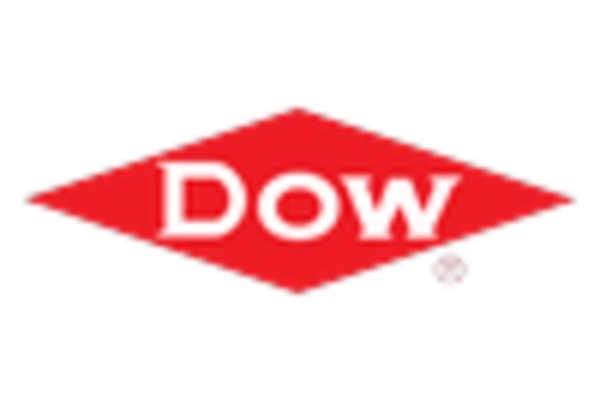
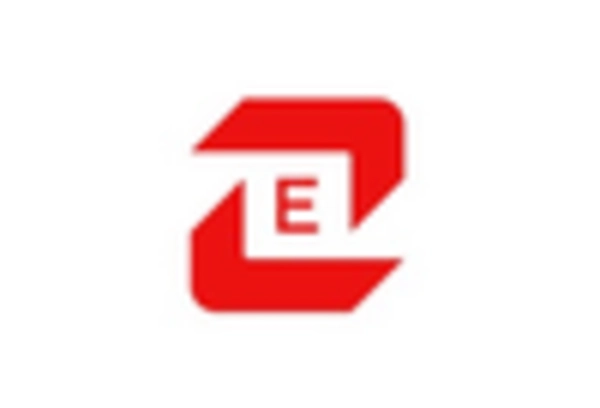

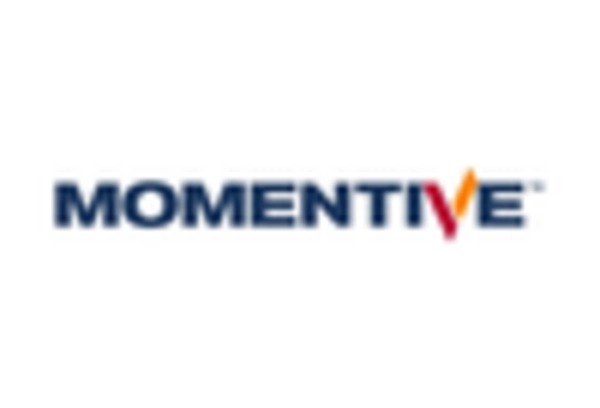
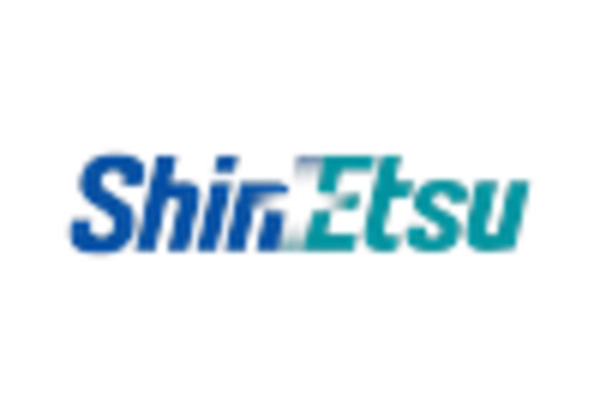
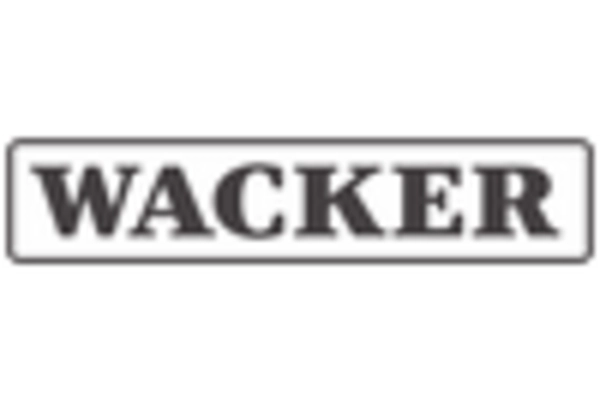









Leave a Comment